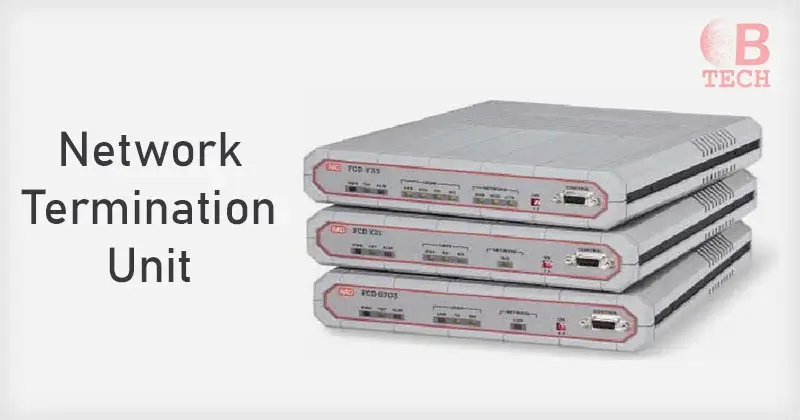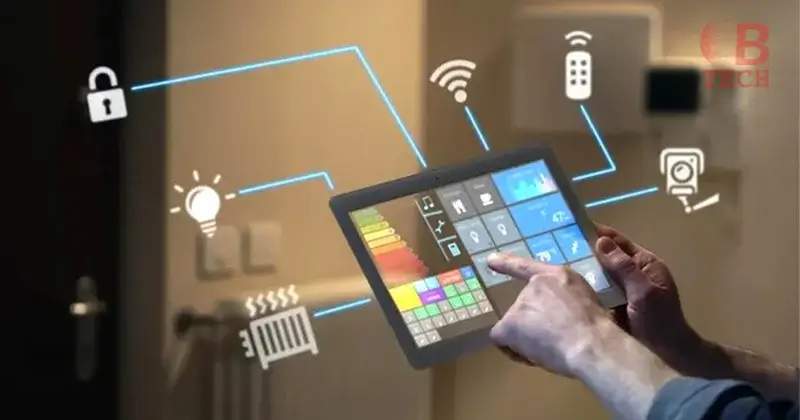In the world of digital communication, the Network Termination Unit (NTU) plays a crucial role as a link between customer premises equipment (CPE) and the broader Integrated Services Digital Network (ISDN). Although ISDN’s importance has faded in developed countries, with more advanced technologies like fiber optics and broadband internet taking over, understanding NTUs gives us valuable insights into the evolution of digital networking.
This article will dive into the architecture, operation, and historical significance of Network Termination Unit. By exploring their legacy, we not only honor a foundational technology but also learn lessons that are relevant to modern networking paradigms.
What is a Network Termination Unit?
A Network Termination Unit is a vital device used to connect digital Integrated Services Digital Network (ISDN) customer premises equipment to ISDN lines. It serves as the bridge that links customer premises equipment to the switching equipment at the telco’s central office (CO).
The Role of NTUs
NTUs play a critical role in the architecture of Integrated Services Digital Network (ISDN) systems. They act as the demarcation point between the public switched telephone network (PSTN) and the customer’s premises equipment (CPE). Essentially, Network Termination Unit facilitate digital communication by converting network signals into a format that can be understood and processed by customer equipment.
How NTUs Enable Digital Communication?
Digital data can travel across traditional telephone infrastructure with ease thanks to Network Termination Unit. They achieve this by converting signals from the network into a format compatible with customer equipment. This transformation marks a significant advancement from analog to digital communication, allowing for more efficient and reliable transmission of data.
How Does Network Termination Unit Works?
In the realm of digital ISDN (Integrated Services Digital Network), customer premises equipment such as routers and ISDN phones usually come equipped with an ISDN S/T interface. On the other hand, the ISDN termination at the customer’s end of the local loop typically utilizes a U interface, often employing an RJ-45 connector.
Conversion Process
The Network Termination Unit plays a crucial role by converting the U termination of the ISDN line into one or more standard coding S/T interfaces. These interfaces are then suitable for connecting digital ISDN-ready phones, routers, and other devices to an ISDN line. This conversion process ensures compatibility and seamless communication between the network and customer equipment.
Differentiation from ISDN Terminal Adapters
It’s important to note that NTUs operate differently from ISDN terminal adapters. While NTUs facilitate connections for digital ISDN devices, terminal adapters allow the connection of analog telephones, faxes, and similar equipment to an ISDN line.
Support for Point-to-Point and Multipoint Connections
On 26 AWG copper twisted-pair cabling, NTUs can normally enable point-to-point or multipoint connections for distances of up to 5.4 km. This flexibility in connection options ensures adaptability to various networking requirements and configurations.
Powerline Networking Technology
Built-in U Interface
Some newer ISDN-enabled devices come with a built-in U interface, eliminating the need for an Network Termination Unit. This integration streamlines the setup process and reduces the complexity associated with additional equipment.
Comparison of U and S/T Interfaces
A comparison between the Basic Rate ISDN U and S/T interfaces showcases the differences in functionality and compatibility, providing users with insights into choosing the appropriate interface for their networking needs.
Comparison: Basic Rate ISDN U Interfaces vs. Basic Rate ISDN S/T Interfaces
1. Number of Wires
The Basic Rate ISDN U Interface utilizes 2 wires, while the Basic Rate ISDN S/T Interface employs 4 wires. This variation in the number of wires affects the transmission capabilities and functionalities of each interface.
2. Connectors
Both interfaces utilize an RJ-45 connector for connection purposes. This standardization in connectors ensures compatibility and ease of use across different ISDN setups and devices.
3. Zero-to-Peak Voltage
In terms of voltage, the Basic Rate ISDN U Interface operates at a zero-to-peak voltage of 2.5 volts. On the other hand, the Basic Rate ISDN S/T Interface operates at a lower zero-to-peak voltage of 0.75 volts. Understanding these voltage specifications is crucial for ensuring proper functioning and compatibility within ISDN systems.
4. Line Coding
The Basic Rate ISDN U Interface utilizes 2B1Q (or 4B3T in Europe) line coding. In contrast, the Basic Rate ISDN S/T Interface employs ASI (Alternate Space Inversion) line coding. These different line coding techniques influence the encoding and decoding processes involved in data transmission over ISDN lines.
Understanding the distinctions between these interfaces aids users in selecting the most suitable option based on their specific networking requirements and equipment compatibility.
Network Termination Unit FAQ’s
1. What is the primary function of a Network Termination Unit (NTU)?
The primary function of an Network Termination Unit is to serve as a bridge between customer premises equipment (CPE) and Integrated Services Digital Network (ISDN) lines, facilitating digital communication by converting network signals into a format compatible with customer equipment.
2. How do NTUs differ from ISDN terminal adapters?
NTUs primarily connect digital ISDN devices to ISDN lines, whereas ISDN terminal adapters allow the connection of analog telephones, faxes, and similar equipment to an ISDN line.
3. What are the key differences between Basic Rate ISDN U and S/T interfaces?
The Basic Rate ISDN U interface utilizes 2 wires, while the S/T interface employs 4 wires. Additionally, U interfaces operate at a zero-to-peak voltage of 2.5 volts, while S/T interfaces operate at 0.75 volts. Line coding also differs between the interfaces, with U interfaces using 2B1Q or 4B3T and S/T interfaces employing ASI line coding.
4. Can NTUs support both point-to-point and multipoint connections?
Yes, Network Termination Unit typically support either point-to-point or multipoint connections over distances of up to 5.4 kilometers on 26 AWG copper twisted-pair cabling, providing flexibility in networking configurations.
5. What are the advantages of newer ISDN-enabled devices with built-in U interfaces?
Newer ISDN-enabled devices with built-in U interfaces eliminate the need for separate NTUs, streamlining the setup process and reducing complexity associated with additional equipment.
Conclusion
In summary, Network Termination Units (NTUs) play a pivotal role in the realm of digital communication, serving as crucial bridges between customer premises equipment (CPE) and Integrated Services Digital Network (ISDN) lines. While ISDN’s prominence has diminished in developed countries, understanding Network Termination Unit provides valuable insights into the evolution of digital networking.
NTUs facilitate seamless digital communication by converting network signals into formats compatible with customer equipment, thus enabling efficient data transmission over traditional telephone infrastructure. Their significance lies not only in their historical role but also in the lessons they offer for modern networking paradigms.
By delving into the architecture, operation, and historical significance of Network Termination Unit, we honor their legacy and glean lessons applicable to contemporary digital communication technologies. As we navigate the ever-evolving landscape of digital networking, understanding the role of NTUs underscores the importance of adaptability and innovation in building robust communication systems for the future.
Also Read: Tech Aero IBEC: Elevating RC Ignition Performance



